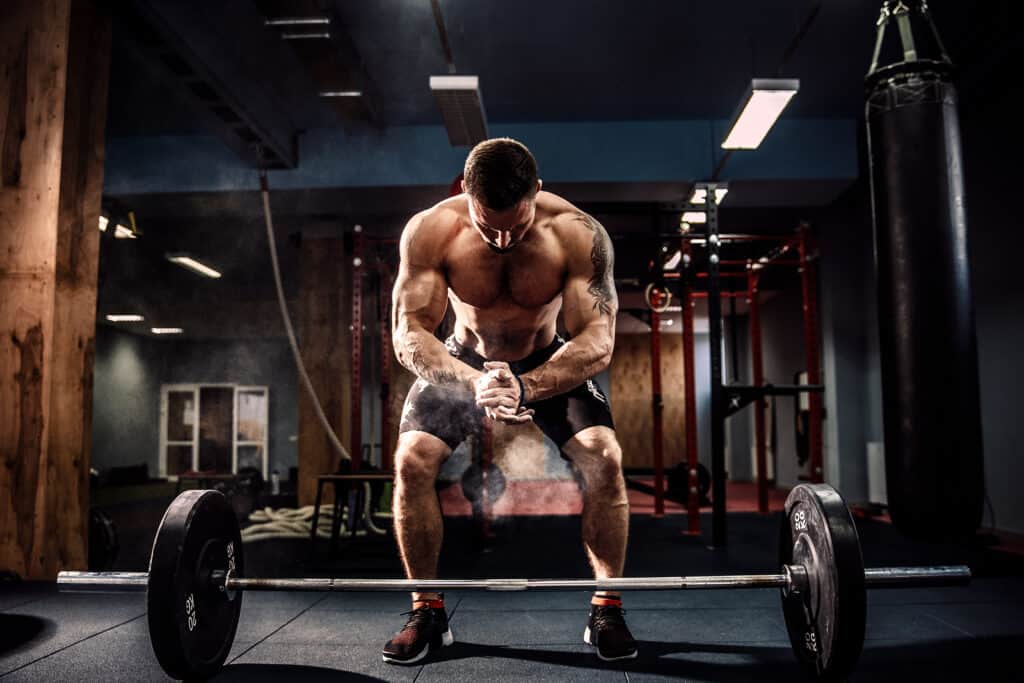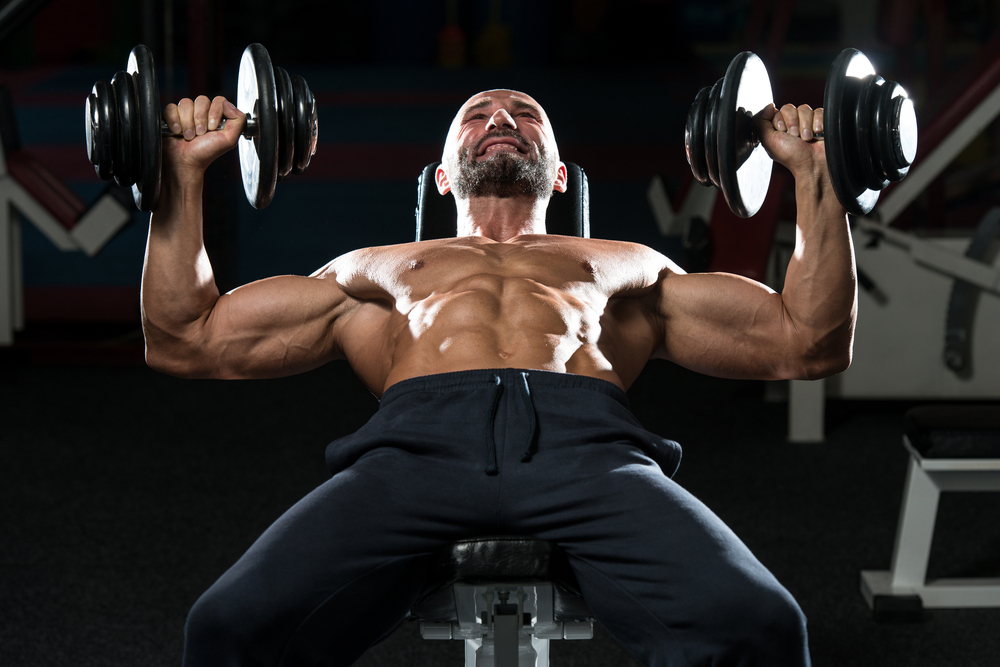5 Powerful Exercises Every Man Should Include in His Fitness Routine
Incorporating the right exercises into your fitness routine is crucial for building strength, improving cardiovascular health, and enhancing overall well-being.
For men, focusing on exercises that target multiple muscle groups and functional movements can yield significant benefits.
This article outlines five powerful exercises that every man should include in his fitness regimen to achieve a balanced, strong, and healthy physique.
1. Deadlifts: The Ultimate Full-Body Exercise

Deadlifts are often referred to as the king of all exercises, and for good reason. They engage multiple muscle groups, including the hamstrings, glutes, lower back, and core, making them a comprehensive full-body workout. This exercise not only builds muscle but also enhances functional strength and stability.
How to Perform Deadlifts
- Stand with your feet hip-width apart, with a barbell in front of you.
- Bend at your hips and knees to lower your body and grab the barbell with an overhand grip, hands slightly wider than shoulder-width apart.
- Keep your back flat, shoulders back, and chest up as you lift the barbell by extending your hips and knees.
- Stand tall at the top of the movement, then slowly lower the barbell back to the starting position.
Benefits of Deadlifts
- Enhances overall strength and muscle mass.
- Improves posture and core stability.
- Increases bone density and reduces the risk of osteoporosis.
- Boosts metabolic rate, aiding in fat loss.
Tips for Safe and Effective Deadlifts
- Start with lighter weights to perfect your form before progressing to heavier loads.
- Avoid rounding your back during the lift to prevent injuries.
- Incorporate variations like sumo deadlifts or Romanian deadlifts to target different muscle groups.
2. Squats: The Foundation of Lower Body Strength

Squats are a fundamental exercise that targets the quadriceps, hamstrings, glutes, and core. This compound movement not only builds lower body strength but also enhances overall balance, coordination, and flexibility.
How to Perform Squats
- Stand with your feet shoulder-width apart, toes pointing slightly outward.
- Lower your body by bending your knees and hips, keeping your chest up and back straight.
- Lower until your thighs are parallel to the ground or as low as your mobility allows.
- Push through your heels to return to the starting position.
Benefits of Squats
- Builds muscle mass and strength in the lower body.
- Enhances joint flexibility and mobility.
- Promotes better posture and spinal health.
- Boosts testosterone and growth hormone levels, aiding muscle growth.
Tips for Safe and Effective Squats
- Focus on proper form rather than lifting heavy weights.
- Keep your knees aligned with your toes to prevent strain.
- Experiment with different squat variations like front squats, goblet squats, and Bulgarian split squats.
3. Bench Press: The Classic Upper Body Builder

The bench press is a staple exercise for developing upper body strength, particularly in the chest, shoulders, and triceps. It's a versatile movement that can be performed with a barbell, dumbbells, or even resistance bands.
How to Perform Bench Press
- Lie flat on a bench with your feet firmly planted on the ground.
- Grip the barbell with hands slightly wider than shoulder-width apart.
- Lower the barbell to your chest, keeping your elbows at a 45-degree angle.
- Press the barbell back up to the starting position.
Benefits of Bench Press
- Increases muscle mass and strength in the upper body.
- Enhances muscular endurance and power.
- Improves bone density in the upper body.
- Boosts confidence and performance in other upper body exercises.
Tips for Safe and Effective Bench Pressing
- Use a spotter when lifting heavy weights.
- Keep your shoulders back and down to protect your rotator cuffs.
- Vary your grip width and equipment (dumbbells, machines) to target different muscle fibers.
4. Pull-Ups: The Ultimate Test of Upper Body Strength
 Pull-ups are a challenging yet highly effective exercise for building strength and muscle in the back, shoulders, and arms. They also engage the core, making them a comprehensive upper body workout.
Pull-ups are a challenging yet highly effective exercise for building strength and muscle in the back, shoulders, and arms. They also engage the core, making them a comprehensive upper body workout.
How to Perform Pull-Ups
- Grip a pull-up bar with your hands slightly wider than shoulder-width apart, palms facing away (overhand grip).
- Hang with your arms fully extended and feet off the ground.
- Pull your body up until your chin is above the bar, focusing on squeezing your shoulder blades together.
- Lower yourself back to the starting position with control.
Benefits of Pull-Ups
- Builds significant upper body strength and muscle mass.
- Improves grip strength and endurance.
- Enhances posture and reduces the risk of back injuries.
- Promotes functional fitness and body control.
Tips for Safe and Effective Pull-Ups
- If you're new to pull-ups, start with assisted variations using resistance bands or a pull-up machine.
- Maintain a stable core throughout the movement to avoid swinging.
- Gradually increase the number of reps and sets as you gain strength.
5. Planks: The Core Strength Essential
Planks are an isometric exercise that strengthens the entire core, including the rectus abdominis, transverse abdominis, obliques, and lower back. A strong core is crucial for overall stability, balance, and performance in other exercises.
How to Perform Planks
- Start in a push-up position with your forearms on the ground, elbows directly below your shoulders.
- Keep your body in a straight line from head to heels, avoiding sagging or arching your back.
- Engage your core and hold the position for as long as possible.
Benefits of Planks
- Enhances core strength and stability.
- Improves posture and spinal alignment.
- Reduces the risk of back injuries and pain.
- Supports overall athletic performance and daily activities.
Tips for Safe and Effective Planks
- Start with shorter holds and gradually increase the duration as your core strength improves.
- Keep your breathing steady and avoid holding your breath.
- Incorporate plank variations like side planks and plank jacks to target different muscle groups.
Conclusion
Incorporating these five powerful exercises—deadlifts, squats, bench press, pull-ups, and planks—into your fitness routine can provide comprehensive benefits, including increased muscle mass, strength, and overall health. These exercises target multiple muscle groups and are foundational movements that enhance functional fitness and performance. By focusing on proper form, progressive overload, and consistent practice, you can maximize the benefits and achieve your fitness goals.
Sources
- Harvard Health: The Importance of Strength Training
- Mayo Clinic: Weight Training - Do's and Don'ts
- National Academy of Sports Medicine: Compound Exercises for Strength
- Journal of Strength and Conditioning Research: Effects of Resistance Training
- Shape: Benefits of Core Training
- Healthline: How to Perform Deadlifts Safely
- Verywell Fit: Benefits of Squats
- Self: How to Do Pull-Ups



















































